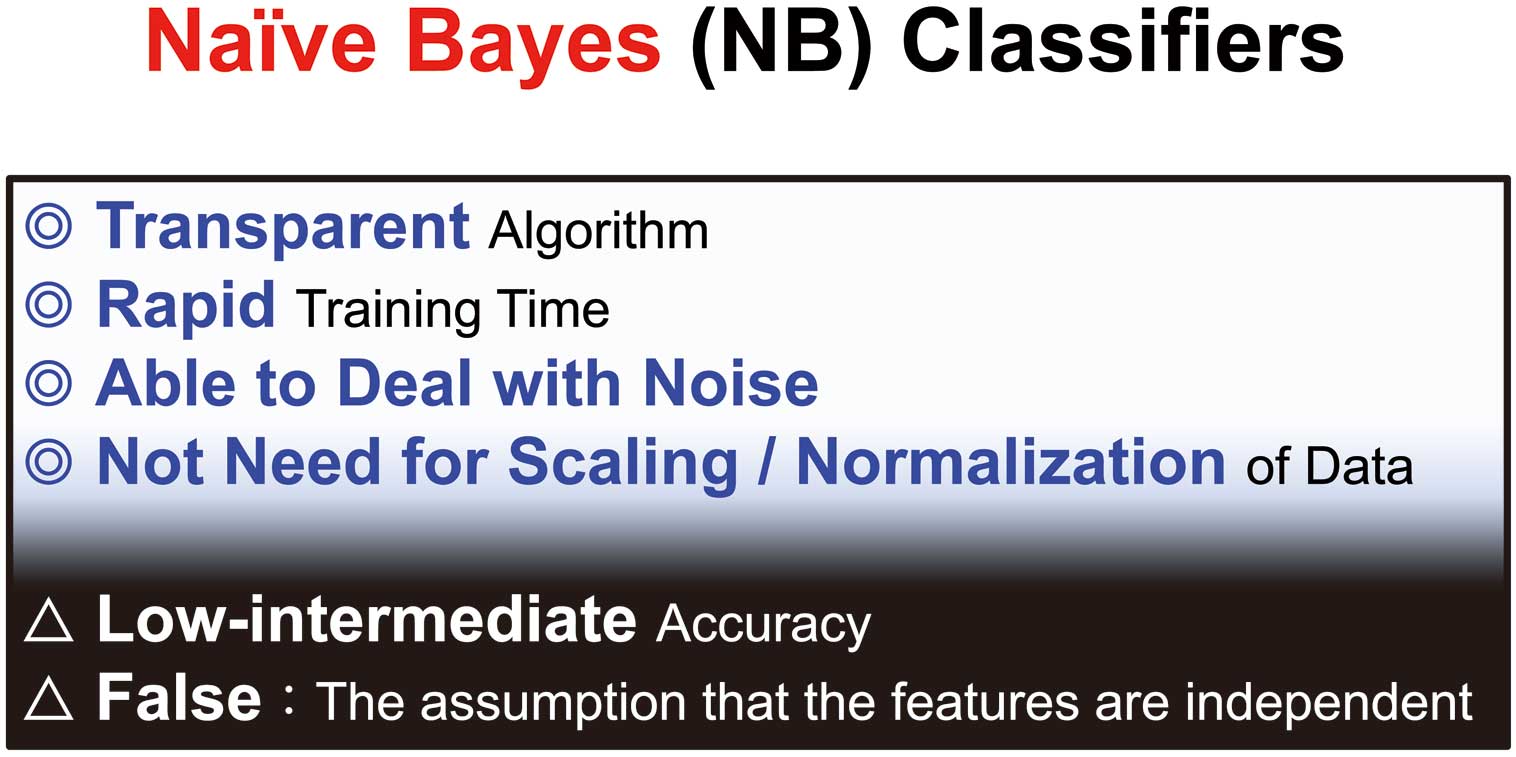論文ID: CJ-21-0694
論文ID: CJ-21-0694
B-type natriuretic peptide (BNP) is used to evaluate the prognosis in patients with heart failure (HF), because moderate to high-quality evidence has shown that a 100 pg/mL increase in BNP is associated with a 14% increased hazard of death; a 1-log-unit increase is associated with a 51% increased hazard of death and a 48% increased hazard of death or hospitalization. Furthermore, there is a clinically meaningful increase in absolute risk even for low-risk patients.1 In Japanese patients with HF and preserved ejection fraction (HFpEF), plasma BNP levels are lower and related to aging-related left ventricular (LV) concentric remodeling/hypertrophy in HFpEF patients as compared with patients with HF and reduced EF, which is predominantly associated with eccentric LV hypertrophy.2 However, plasma BNP levels among individuals with HFpEF are heterogeneous, and it is pretty challenging to predict cardiac events in HFpEF using only BNP.
Article p ????
Against this background, in this issue of the Journal Harada et al3 assess high-performance naïve Bayes (NB) classifiers, beyond BNP, retrospectively to predict the development of cardiac events in 3 years in individual outpatients with HFpEF (Figure). In 234 outpatients with HFpEF who were followed up for 3 years, Kappa statistics, area under the curve (AUC), and sensitivity were significantly higher for NB classifiers learning 13 features than for those learning only BNP (0.69±0.14 vs. 0.54±0.12 P=0.024, 0.94±0.03 vs. 0.84±0.05 P<0.001, 85±8% vs. 64±20% P=0.006, respectively). The specificity and accuracy were similar. From these results, Harada et al conclude that high-performance NB classifiers can be used as classifiers for predicting the development of cardiac events in individual outpatients with HFpEF, and may be useful for providing precision medicine for such patients.

Features of naïve Bayes classifiers.
Machine learning and artificial intelligence are attracting significant attention in the scientific community and media.4–7 Several algorithms have great potential in medicine for personalizing and improving patient care, including in the diagnosis and management of HF.4 Agrawal et al created classifiers predicting the development of death and HF hospitalization within 3 years in each patient with HFpEF, which had AUCs of 0.72 and 0.76, respectively.8 In the aspect of prediction for patient care in HFpEF, Harada et al provide us with the critical clinical perspective on predicting cardiac events of HFpEF needed in outpatient clinics, because the NB method was selected from among many machine learning algorithms. NB classifiers use a probabilistic approach that is based on the Bayes theorem.9 This approach is a subset of the Bayesian logic that assumes the naïve notion that the features being evaluated are independent of each other. Although this basic assumption may seem to be a disadvantage of this method, NB classifiers can in reality sometimes yield good results, especially for simple tasks.10 Recently, NB classifiers performed well as a pragmatic, cost-effective, and valuable method of supporting physicians in decision-making for the necessity for coronary angiography.11 Among the issues, there are several finer points of NB classifiers in predicting cardiac events in HFpEF. First, NB classifiers are created using many risk factors and prognosticators that provide insights into how the probabilities of cardiac events can be estimated from the observed data. Second, NB classifiers can consider simultaneous information from numerous attributes, which may be suitable for predicting cardiac events of HFpEF from many aspects. NB classifiers may outperform BNP prediction and achieve more precise predictions for the development of cardiac events within 3 years.
For a long time, the prediction of HF outcomes has focused on logistic regression of a binary outcome (death vs. survival), and researchers identified the essential roles of age, sex, blood pressure, cholesterol, genetic variation, and many other factors in future cardiac events by optimizing these models by adding and removing covariates.12 However, variables have been selected based on prior hypotheses or other considerations such as cost, feasibility, and ease of use in clinical practice.12 Moreover, in lengthy studies of incident disease, the predictor variables and technologies selected may have become obsolete by the time the results are published. Unlike logistic regression models, newer analysis with machine learning and artificial intelligence allow agnostic variable selection, in which the optimal subsets of prediction variables are chosen through computationally intensive iterative statistical modeling rather than through human curation. This approach to variable selection can identify more scientific, consistent, and robustly practical predictor variables. Moreover, these predictive models can offer real-time decision support for clinical teams in the early detection and effective treatment for complex outcomes. NB methods should be focused on the prediction of cardiac events in HFpEF.
As described in the limitations section, there are several unsolved issues,3 especially the methodological limitations of NB classifiers. It is not really that MB classifiers assume all features independently in the dataset. To predict cardiac events in HFpEF, it would be better to use complex algorithms, such as time-to-event analysis and neural networks. However, as the authors describe, NB classifiers work well even if strong dependencies are found among the features.
In summary, the study by Harada et al gives us the following critical clinical perspectives in HFpEF.
1) High-performance NB classifiers compared with those that learned only the BNP level predicted the development of cardiac events for 3 years in outpatients with HFpEF.
2) NB classifiers may help provide precision medicine for patients with HFpEF.